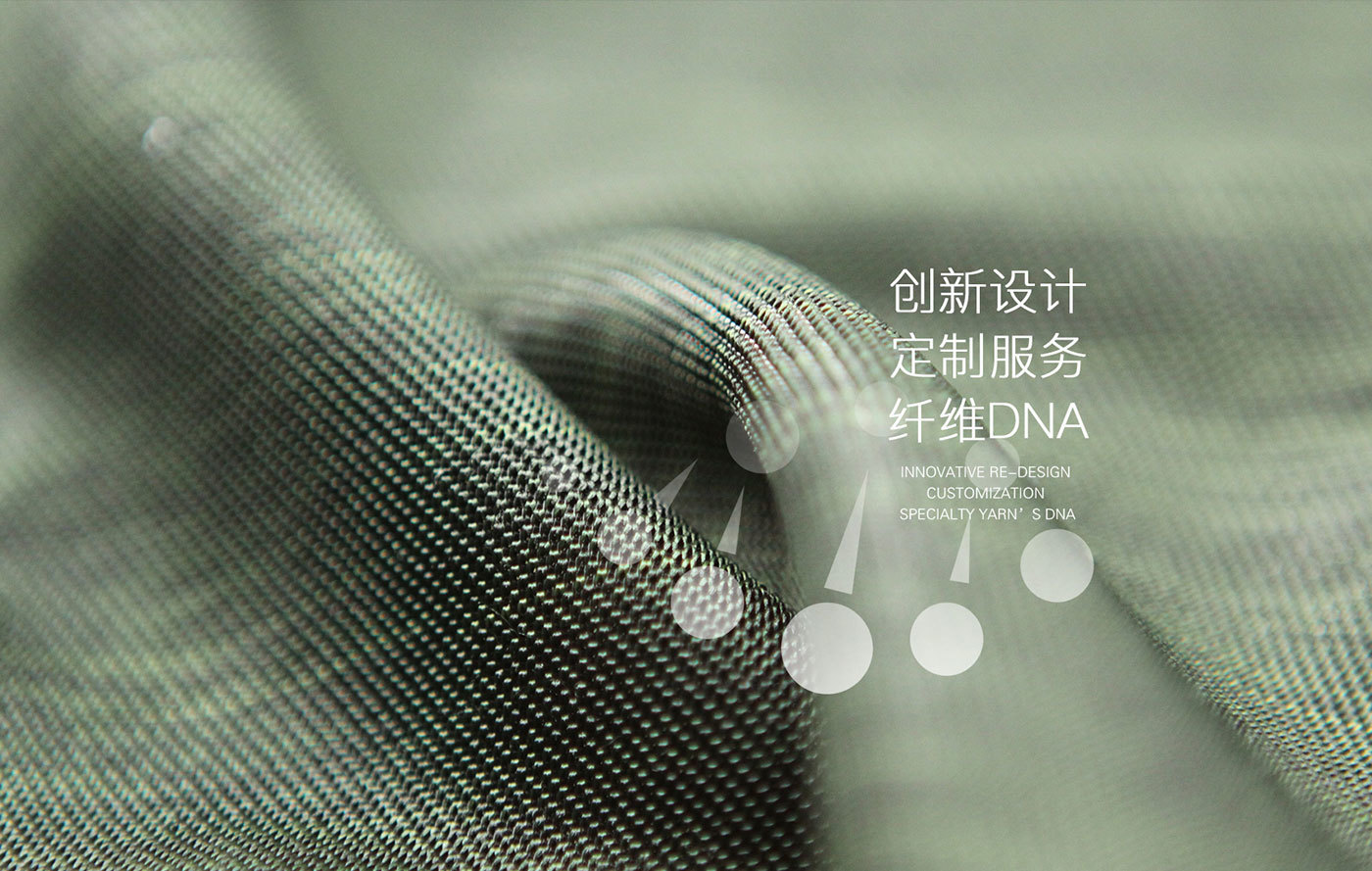A brief introduction to slub silk
Slub yarn, as the name suggests, is a fabric made from filament fibers through a manufacturing process. Suitable filaments include synthetic filaments, natural filaments such as real silk (mulberry silk), milk silk, soybean silk and other fine denier silks. The specially processed slub yarn has luster and soft feeling due to its dry state, and has a silk-like skin-friendly function. When the slub filament changes (the thickness or length of the slub changes), it creates a stark contrast to the twisting changes between the slubs.
Slub yarn, as the name suggests, is a fabric made from filament fibers through a manufacturing process. Suitable filaments include synthetic filaments, natural filaments such as real silk (mulberry silk), milk silk, soybean silk and other fine denier silks. The specially processed slub yarn has luster and soft feeling due to its dry state, and has a silk-like skin-friendly function. When the slub filament changes (the thickness or length of the slub changes), it creates a stark contrast to the twisting changes between the slubs.
The processing technology of slub yarn can be divided into four types: twisted, air-textured, false twisted and untwisted (molecular recrystallization). The production of silk slub is a twisting process. The style characteristics of slub silk can accurately express the designer's design desire, so he is very popular in the design industry. The thickness and length of slub slubs are satisfactory, but compared with the other two processes, the disadvantage is that the production capacity is lower. Therefore, it is called art silk and noble silk in the industry.
Air-textured slub is a hemp-like slub formed by blowing two or more filaments of porous yarn through a nozzle to form knots. Styling and changing are relatively simple. Although the process used is different, the thickness and length of slub yarn will not change greatly, but the production capacity will increase, so it will be cheaper.
False twisted slub yarn and untwisted (polymer recrystallized) drawn slub yarn are produced on different texturing machines. Although they both use two filaments like hollow slub, the difference is the false twist of the false twister and the drawn slub created by heating the filament. Likewise, the length and thickness of the slub yarn did not vary much.
Therefore, the classic slub-shaped slub is two strands of 20dtex (minimum unit), such as silk slub.

Previous page
Next page
previous page
Next page
Related information




